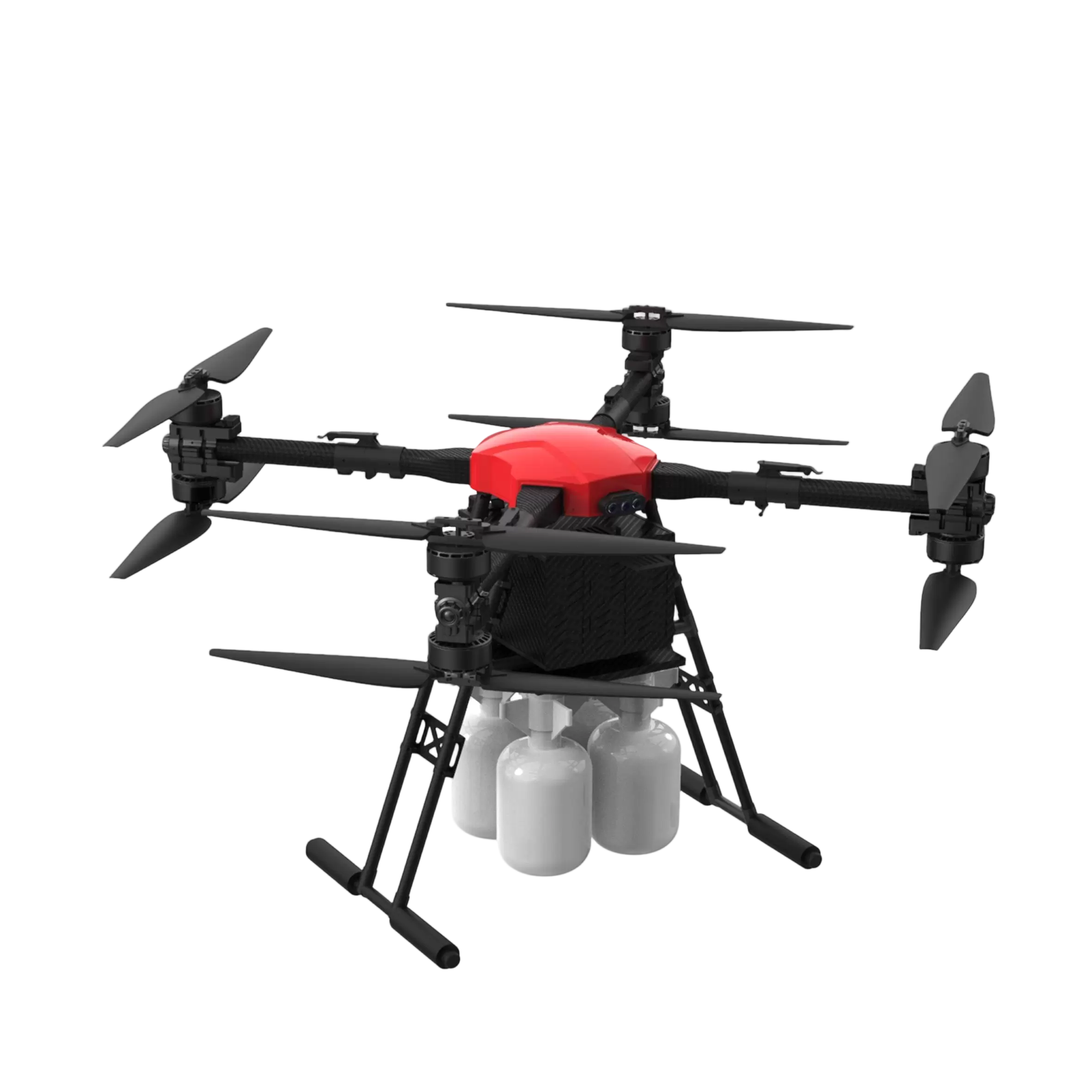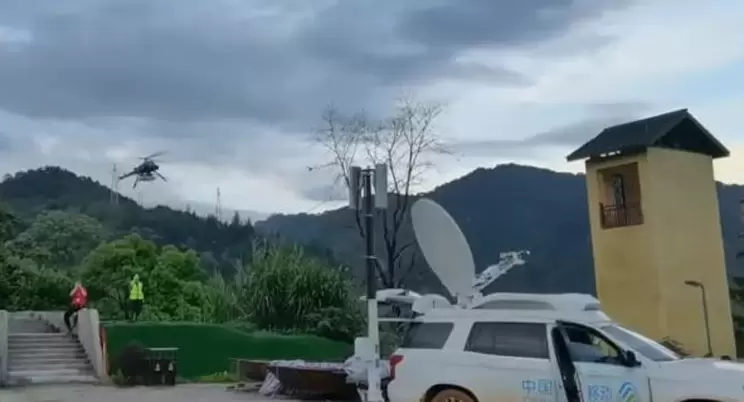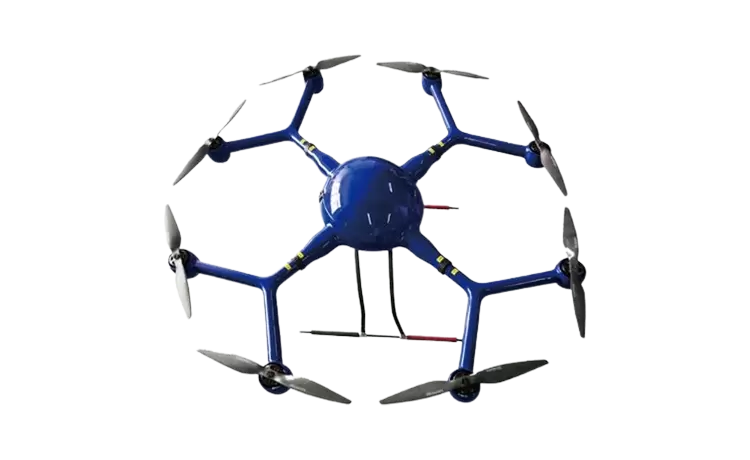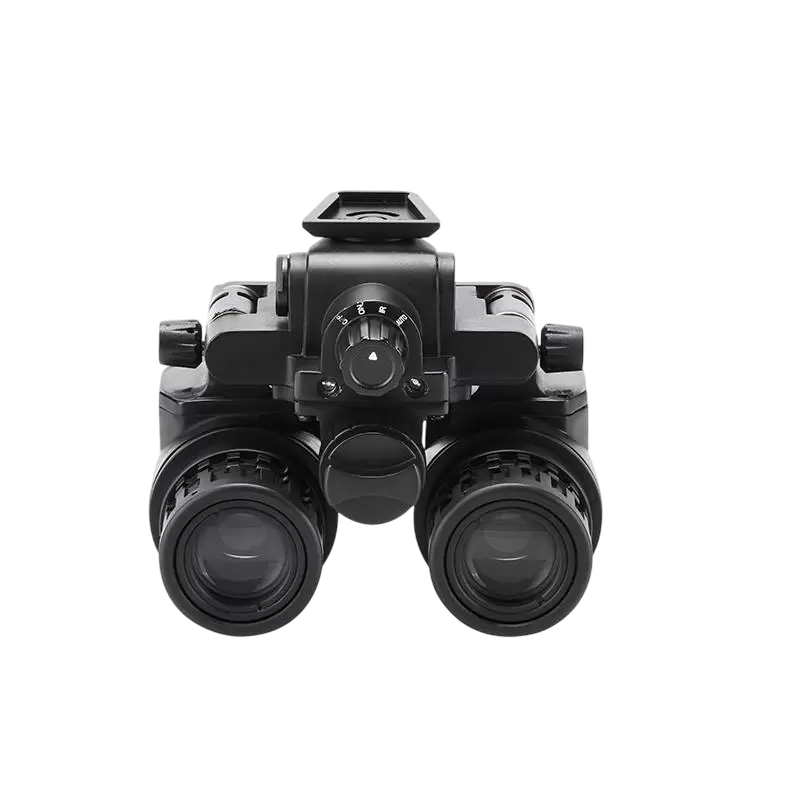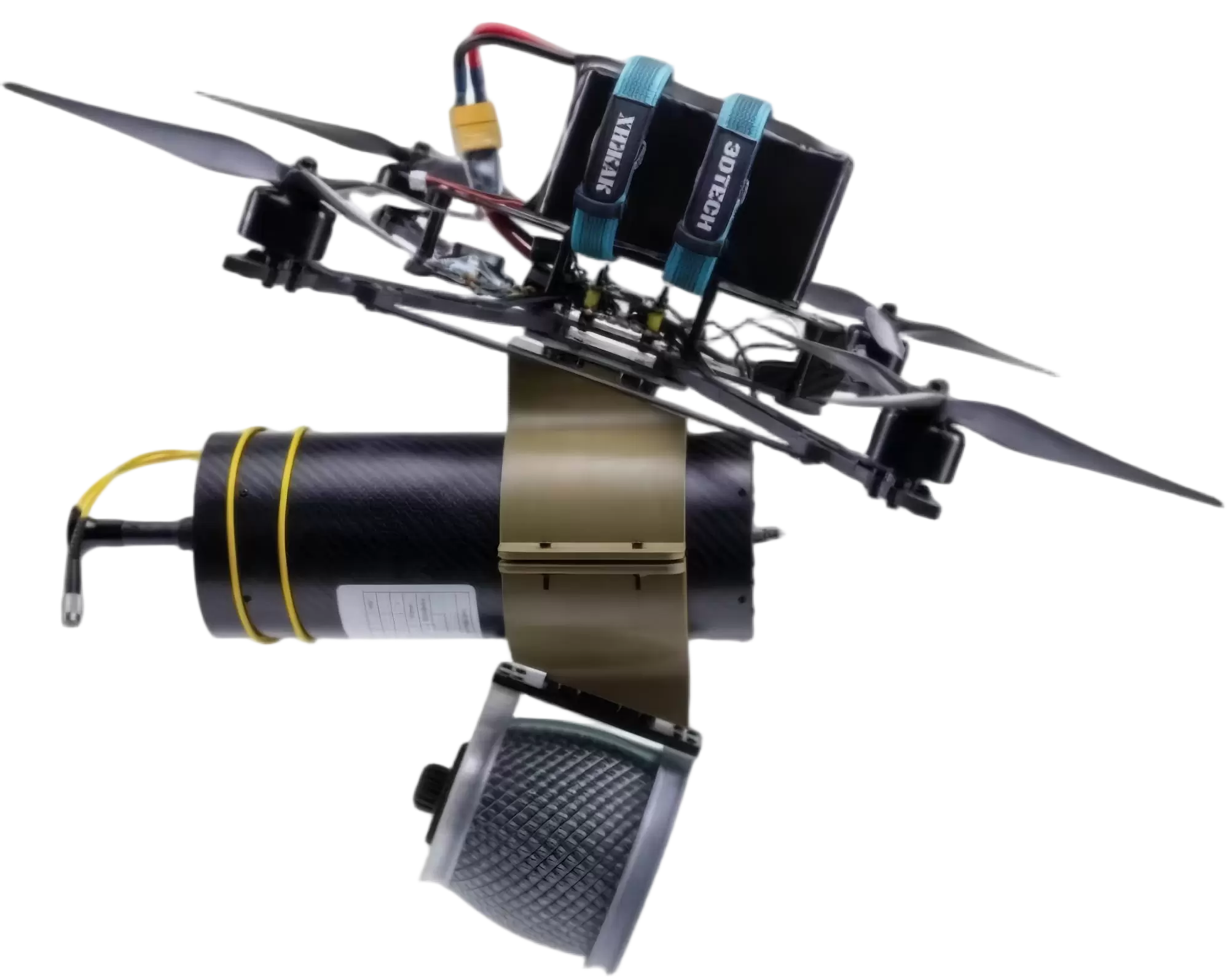As climate change continues to intensify the frequency and severity of wildfires across the globe, emergency response teams are turning to innovative technologies to combat fires more effectively. Among these, fire drones have emerged as a game-changing solution, transforming how firefighters detect, monitor, and extinguish fires in both urban and remote environments. Combining speed, precision, and advanced data analytics, fire drones are redefining modern firefighting operations.
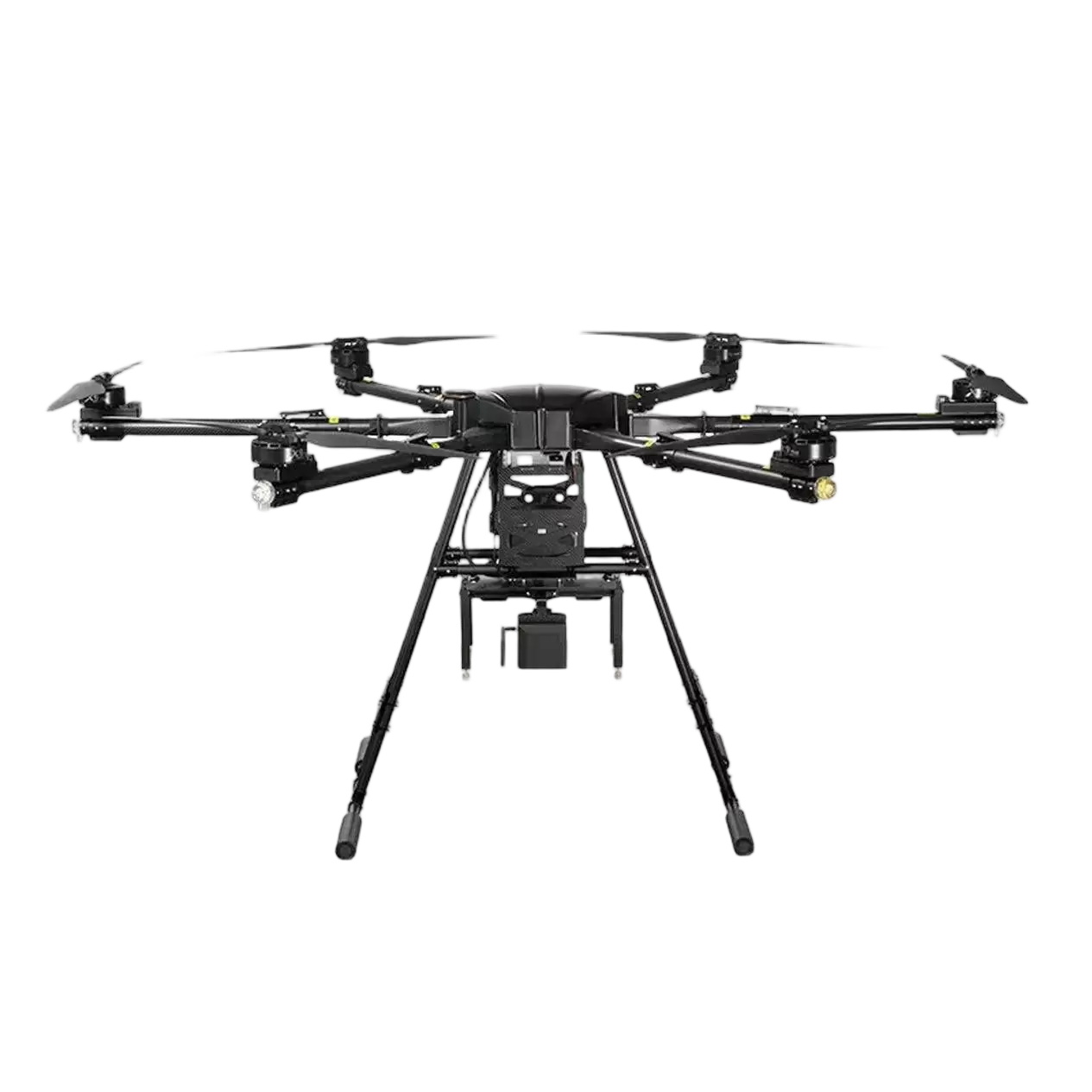
The Growing Role of Fire Drones in Modern Firefighting
Traditional firefighting methods often expose responders to significant risk and rely heavily on manual coordination. Fire drones, on the other hand, provide a safer, faster, and more data-driven approach. Equipped with thermal imaging cameras, infrared sensors, and high-resolution video systems, drones can quickly identify fire sources, map heat zones, and detect trapped victims—all without endangering personnel.
In large-scale wildfires, drones can cover vast areas within minutes, providing real-time aerial intelligence that helps incident commanders make informed decisions. This capability is especially crucial in mountainous or densely forested areas where ground access is limited.
Advanced Technology Behind Fire Drones
The effectiveness of modern fire drones lies in their integration of high-performance brushless power systems, intelligent flight control, and durable materials capable of withstanding extreme conditions.
Jiangxi BonSure Technology Co., Ltd., a leading manufacturer and exporter specializing in firefighting and rescue drones, is at the forefront of this innovation. The company’s product line includes high-performance brushless power systems and specialized drones designed for emergency and rescue operations. By combining robust R&D, precision manufacturing, and advanced aerodynamics, BonSure delivers drones that maintain stability, efficiency, and endurance even in the harshest firefighting environments.
BonSure’s brushless motors play a vital role in drone reliability—offering high torque, energy efficiency, and minimal maintenance. These motors allow drones to carry heavy payloads such as fire extinguishing agents, cameras, and sensors while maintaining long flight durations and superior maneuverability.
Key Applications of Fire Drones
Aerial Surveillance and Mapping
Drones equipped with thermal and optical cameras can scan large areas to detect hotspots, track fire progression, and map the terrain. The data collected is crucial for planning containment lines and predicting fire spread patterns.Fire Extinguishing Missions
Certain fire drones can carry fire suppression balls or small extinguishing canisters, releasing them directly over targeted fire zones. This helps control smaller fires before they spread further.Search and Rescue Operations
After a blaze, drones equipped with infrared sensors assist in locating survivors trapped in smoke or debris, providing rescue teams with accurate coordinates for rapid response.Data Collection and Analysis
Fire drones gather valuable real-time data on temperature, wind direction, humidity, and fire behavior. This data supports decision-making and improves post-incident analysis for future prevention strategies.
Advantages Over Traditional Firefighting Methods
Enhanced Safety: Reduces the risk to firefighters by performing reconnaissance in dangerous zones.
Rapid Deployment: Can be launched within minutes, reaching inaccessible or hazardous areas swiftly.
Cost Efficiency: Reduces the need for expensive helicopter operations or prolonged manpower.
Precision Operations: Real-time data ensures targeted response, minimizing resource waste.
Jiangxi BonSure’s Vision for Smarter Firefighting
Jiangxi BonSure Technology Co., Ltd. continues to push the boundaries of intelligent drone design and brushless motor innovation. The company’s commitment to high-quality, high-efficiency products supports the growing demand for smarter, safer, and more sustainable firefighting solutions.
Through continuous research and global collaboration, BonSure aims to enhance the performance of its firefighting UAV systems, empowering emergency response teams with reliable tools that save lives, property, and natural ecosystems.
Conclusion
Fire drones represent the future of emergency response—providing firefighters with a powerful aerial perspective and precise operational capabilities. As technology continues to evolve, companies like Jiangxi BonSure Technology Co., Ltd. are leading the transformation toward safer, more efficient, and intelligent firefighting systems.
With advanced brushless motor systems, durable drone platforms, and innovative design, BonSure’s firefighting drones are not only redefining emergency response but also paving the way for a smarter, more resilient future in disaster management.






